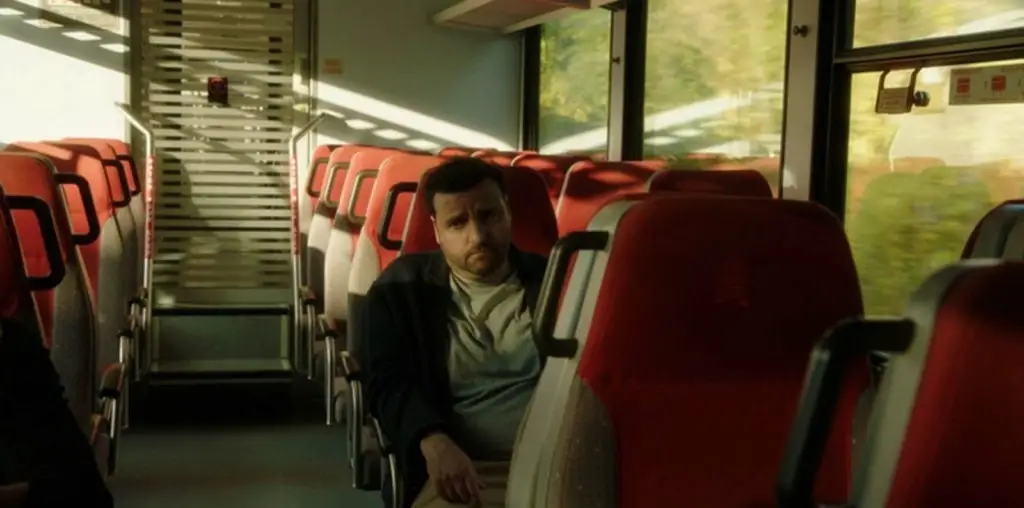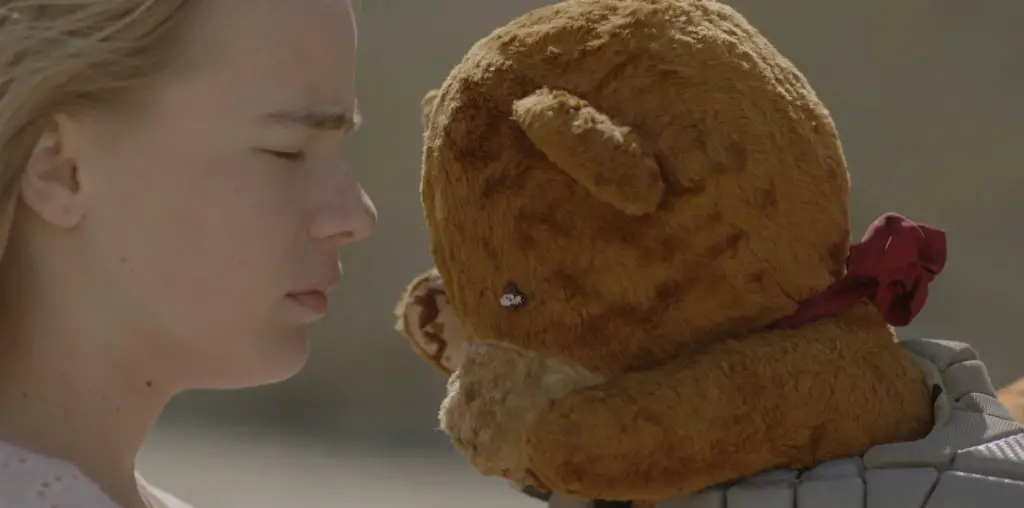
BOOTLEG FILES 237: Divorce His, Divorce Hers” (1973 television movie starring Elizabeth Taylor and Richard Burton).
LAST SEEN: Available for unauthorized online viewing at several web sites.
AMERICAN HOME VIDEO: Only through public domain labels.
REASON FOR BOOTLEG STATUS: Who knows? It isn’t a public domain title.
CHANCES OF SEEING A COMMERCIAL DVD RELEASE: Nope, it is a lousy movie and no one wants to touch it.
Before there was Brangelina, there was Liz and Dick – specifically, Elizabeth Taylor and Richard Burton. When the Hollywood glamour queen and the Welsh Shakespearean joined forces in 1962 to film the mega-epic “Cleopatra,” their illicit affair sent global shock waves that registered sputters of outrage from the halls of Congress to the corridors of the Vatican. Moviegoers were literally shocked and awed at the news of their affair, as both were married (Taylor, most controversially, to crooner Eddie Fisher, who divorced MGM sweetie Debbie Reynolds a few years earlier to chase that luscious cat on a hot tin roof). When “Cleopatra” came out in 1963, the frenzy built by media attention over the Liz and Dick affair helped to pack the theaters.
For a time, people couldn’t get enough of Taylor and Burton. Nor would the pair (who married in 1964) allow the public a chance to breathe. After “Cleopatra,” Taylor and Burton made seven films together in a five year span. At first, they seemed to have the Midas touch: “The ViPs,” “The Sandpiper,” “Who’s Afraid of Virginia Woolf?” and “Taming of the Shrew” were huge commercial hits.
But then, almost abruptly, their Midas touch shifted into reverse and it appeared every script they touched turned to crap. Together, they made “The Comedians,” “Doctor Faustus” and “Boom!” – all were huge flops. Separately, Burton fared somewhat better with two 1969 hits in “Anne of the Thousand Days” and “Where Eagles Dare,” but both he and his fair lady sailed through parallel skeins of overstuffed flops that literally crashed their star power. The tabloids still couldn’t get enough of them, but moviegoers weren’t paying to see their work. And even when they made a genuinely fine film (“Under Milk Wood” in 1973), their reputation for self-indulgence and inadequate productions kept audiences away.
Needless to say, this created friction in their always-volatile relationship. As a means of recapturing their audience, and perhaps as a vehicle to encourage catharsis for their troubled union, they agreed in 1973 to appear in a made-for-television movie. In view of where they had been a decade earlier, this was something of a step down.
The production was a two-part, three-hour endeavor called “Divorce His, Divorce Hers.” Taylor and Burton played Jane and Martin Reynolds, a chic couple living with their three children in Rome. Why Rome? Well, Taylor and Burton preferred to work and live outside of the U.S and the U.K. in order to keep their hefty salaries away from the tax collectors. Other location photography involved scenes in Germany and Mexico, which also provided the stars with tax sheltering.
Anyway, the Reynolds’ have been married for nearly two decades, but their marriage is on the rocks. “Divorce His, Divorce Hers” tells the story of their marriage’s dissolving from their respective viewpoints. In the first half, “Divorce His,” the focus is on Martin’s business-related travel and after-work philandering, which helped drive the couple apart. “Divorce Hers” takes Jane’s side of the story, showing the effect of the split on their kids (they are a bunch of brats with posh accents) and her own playtime with a naughty Italian businessman (he has his own wife and kids and is in no rush to get a divorce).
In concept, this is a fine idea for a film. Unfortunately, nobody bothered to make a film of the concept. What results is a minor mess.
For starters, nobody seems to have told Taylor that she is playing the wife of a businessman. With Fauvist make-up that appears to have been applied by Henri Matisse on a very angry day, designer clothing that one associates with the genteel shabby members of deposed Eastern European royalty, and the celebrated Krupp diamond hanging around her neck like the Ancient Mariner’s albatross, Taylor is equal parts hideous and hilarious. Despite this outlandish appearance, she keeps most of her lines in a low, measured tone. The result is that her make-up and accessories constantly speak louder than her words.
Burton isn’t much help, either. Appearing to be in the transition period between catatonia and recovery, he is a numb cipher of a man. His disinterest in the role is so obvious that he never bothers to indulge in his trademark scenery chewing or the overemphasis on his booming Welsh pipes.
And basically, for three hours, we have Taylor and Burton chatting, lightly bickering, moaning and anguishing over their failed marriage. Is it real or is it reel? Part of the problem was giving the impression that the Jane and Martin were really Liz and Dick – with their air of glamour, their ability to move in high quality settings and the throbbing melodrama they gave to their burning and bitter passions, “Divorce His, Divorce Hers” could easily be mistaken for a thinly veiled home movie.
That may have been the point, but by the time the film was ready, few people really cared. “Divorce His, Divorce Hers” had its U.S. broadcast premiere in February 1973 and it was greeted with uncommon negativity. The New York Times said it best with the fewest amount of words: “Mistake theirs.” The film was shown on TV in other countries, although in France it was edited for theatrical presentation. In any language and format, it was a bomb.
Taylor and Burton divorced a year after this film was presented; they remarried in 1975 and then divorced anew in 1976. As for “Divorce His, Divorce Hers,” the film has been widely bootlegged by labels specializing in public domain prints – which is interesting, since it is not a public domain title. These copies range in quality from fair to flush-the-toilet; I have a $1.00 DVD with a soundtrack that is so tinny that it gives the impression of a movie being played over a speakerphone.
For those who wonder what the Taylor and Burton was all about, go back to their 1960s heyday. Stay far, far away from this two-part dud.
IMPORTANT NOTICE: The unauthorized duplication and distribution of copyright-protected material, either for crass commercial purposes or profit-free s***s and giggles, is not something that the entertainment industry appreciates. On occasion, law enforcement personnel boost their arrest quotas by collaring cheery cinephiles engaged in such activities. So if you are going to copy and distribute bootleg videos and DVDs, a word to the wise: don’t get caught. Oddly, the purchase and ownership of bootleg videos is perfectly legal. Go figure!


